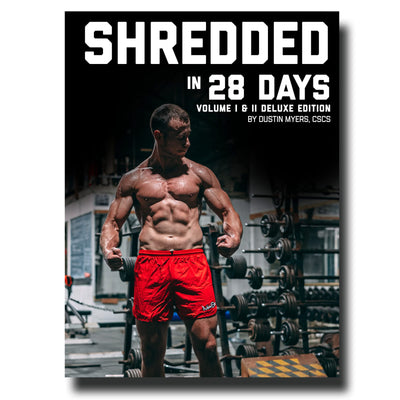Wrestlers: The most beneficial exercises that you have not been doing
Any half way decent strength program should cover the essential strength movements - pushing, pulling, hinging, squatting and planking. While even a basic Squat/Bench/Deadlift regimen will cover these areas, that doesn’t mean that there are not an abundance of beneficial accessory exercises out there. Strength is strength, but remember that not all accessory exercises are created equal. Some are more beneficial than others, and some are especially of more benefit when considering the strength demands of wrestling. Perhaps you have already been utilizing my 5 favorite, but in case you have not, here’s the breakdown:
Zercher Squat
Technique:
Place a loaded bar on a low rack set to the approximate height of your elbows when you are at the bottom of a squat. With a wide stance, cradle the bar in the crook of your elbows and place your crossed arms on your chest. Keep the bar close to your chest as you stand up, hipping in at the top.
Why you should do it:
Have you ever found yourself in on a shot, hips under you and a tremendous amount of downward pressure preventing you from finishing? That’s exactly the position a zercher squat. Posterior chain, leg drive, and “squeezing” strength - this exercise was tailor made for wrestlers.
How you should do it:
2-3 sets of heavy weight in the 1-5 rep range. Use this front squat variation as a back squat substitute once a month, or use as an accessory lower body strength movement for 2-3 weeks at a time every 6-8 weeks.
Broad Jump
Technique:
Squat down, bring your arms back and then explosively jump forward. Land soft and reset between each jump.
Why you should do it:
While most lower body plyometrics concentrate on vertical force development, the Broad Jump develops horizontal power - the same direction needed when shooting or driving in to an opponent.
How you should do it:
Either as a power “warm up” before a heavy leg day (2-3 sets of 3-5 jumps) or contrasted directly after a heavy squat or deadlift (1-3 reps). Just be sure to reset in between each jump and jump as far as possible rather than just hooping forward.
T-Bar Row
Technique:
Place one end of an olympic bar in a corner or against a rack. Load plates on the other end and grip the bar towards the collar as you straddle it. Stand up with the bar then squat and push your hips back, keeping your lower back arched. Holding position, pull the bar up until the plates touch your stomach. Squeeze your shoulder blades together at the top. Do not jerk the weight up as you row.
Why you should do it:
This rowing variation requires the entire posterior chain to engage and literally puts you into a wrestling stance while doing the movement.
How you should do it:
Heavy sets of 5-8 reps.
Single Arm overhead carry
Technique:
Press a single dumbbell or kettle bell overhead. Stabilize with your core and keep your elbow locked as you walk forward. Switch arms half way thru the prescribed distance.
Why you should do it:
Not every “wrestling strength” exercise needs to be performed in a stance or translate directly to a wrestling position. By carrying an uneven load overhead, your body must constantly stabilize the entire core and trunk, leading to impressive anti-rotational core and upper back strength. Why is that important? The better you become at resisting rotational force, the harder it will be for an opponent to move you out of position during the hand fight.
How you should do it:
1-3 sets of 50-100ft walks per side.
Straight Arm Lat Pull Downs
Technique:
Grab a cable attachment or a band with a single overhand grip. Maintain slight anterior pelvic tilt or drop down slightly into a wrestling stance. Keeping your elbow slightly bent but locked as you pull the handle down towards your hips. Squeeze your lat and push your chest forward, holding for 1-3 seconds at the bottom.
Why you should do it:
Everyone knows that strong lats are a necessity for wrestling, but this is one of the only exercises that isolates the lats without using the biceps for assistance (such as pull ups or traditional pull downs, for example). Position wise, this exercise correlates strongly to the collar tie. Get strong on this exercise and snap your opponent down to the mat with ease.
How you should do it:
Heavy sets of 3-4 reps per side as a stand alone exercise or sets of 8-10 reps interspersed with “pushing” movements.
Need a full plan for your athletes?
Download the Coach Myers S&C App
Download the complete Coach Myers Wrestling Strength e-book bundle - Preseason, In Season Vol.1, Off Season Vol. 1 and SAVE 30% OFF




Leave a comment